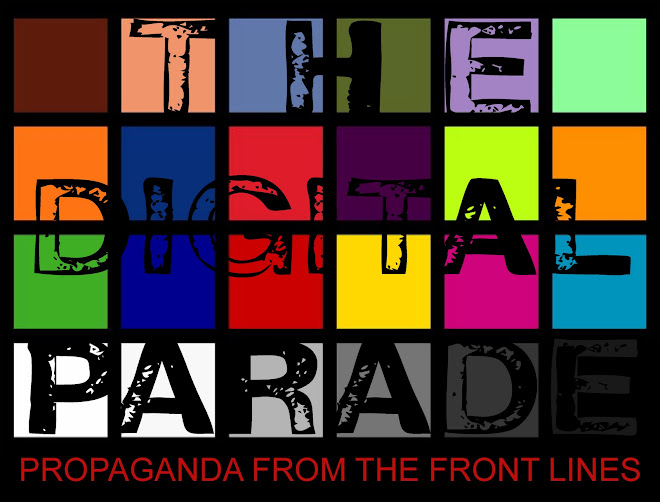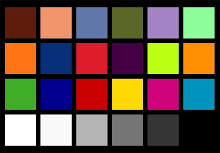
So you wanna shoot high-speed HD? Get a Phantom Gold, right? Sure, if you enjoy headaches. Now I don't want to knock Vision Research too much here, but truth be told: the Phantom line of high-speed digital cameras is a pain to work with. I like to compare a Phantom HD Gold to a 2-year old toddler: every thing's just dandy until you take away their ice-cream or forget to perform a black balance every ten seconds.
These cameras can produce stunning, high-resolution images BUT you MUST baby them. Their sensors are extremely susceptible to temperature changes. This is why it is a requirement to constantly check your image and make sure it is clean before every take. If you don't, you'll end up with superbad mojo in post and even worse juju in life. I'm also not a huge fan of the windows operating system that is the foundation of the Phantom's capture software. It works, but then it doesn't. Freezes. Reboot. Not a fan. Remember, Arri never had me boot up Windows XP in order to shoot 150fps on a 435. I really don't see the need for Vision Research to insist on such a weak interface.
OK, enough about the Phantom. Like everything else, it's a tool. Until it fails...
Which brings me to the Weisscam HS-2. As far as I know there are only two HS-2's in LA via Clairmont Camera. Tentative steps...
The Weisscam solves some of the Phantom's shortcomings by running an automatic black reference calibration that constantly, and on the fly, evaluates the dark noise in an image and adjusts for the best image quality. This is a huge advantage as there is no need to interrupt shooting to perform any "Wizard-of-Oz" techie tricks.
The Weisscam's workflow approach is similar to the Phantom's in that the camera is meant to constantly store frames (at a specified frame rate) in an internal RAM module while waiting for the operator to tell it to stop. Once a recording is stopped the preceding footage must be output to either the Weisscam Digital Magazine or via the camera's HD-SDI outputs where it can be captured in real-time (1000fps played back at 24) with a SRW-1, nanoFlash, or other HD recording device. The internal RAM buffer stores image frames as sort of free floating information. None of it is actually recorded onto any media or hard drive. It simply holds your shot there temporarily until you send it out to a recorder or begin recording right over it again. That's why if the camera loses power you've also lost your shot. It was never actually stored anywhere, it was just present for a fleeting moment...
That's precisely why there are two power inputs on the camera body. In case of a battery failure any shot stored on the internal RAM buffer won't vanish into thin air like it would if you have to reboot Windows (hint). Power redundancy is a good thing to have in high-speed digital capture. Does the new Phantom Flex have two power inputs? Yes, I think it does. About time, boys.

And did I mention that the Weisscam comes with this small, super-sweet, touch sensitive LCD, remote bluetooth controller so you can turn the camera on and off effortlessly when you've got it mounted on a 50ft Technocrane? Oh, right, VR also introduced their RCU. About time, boys...




